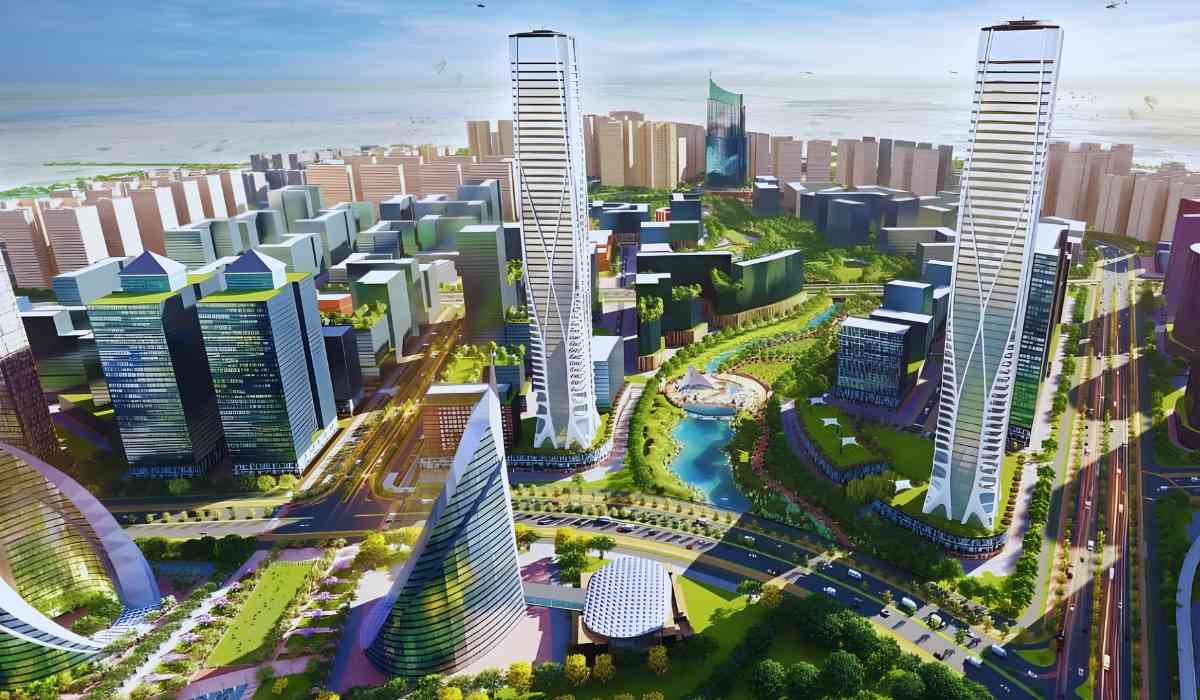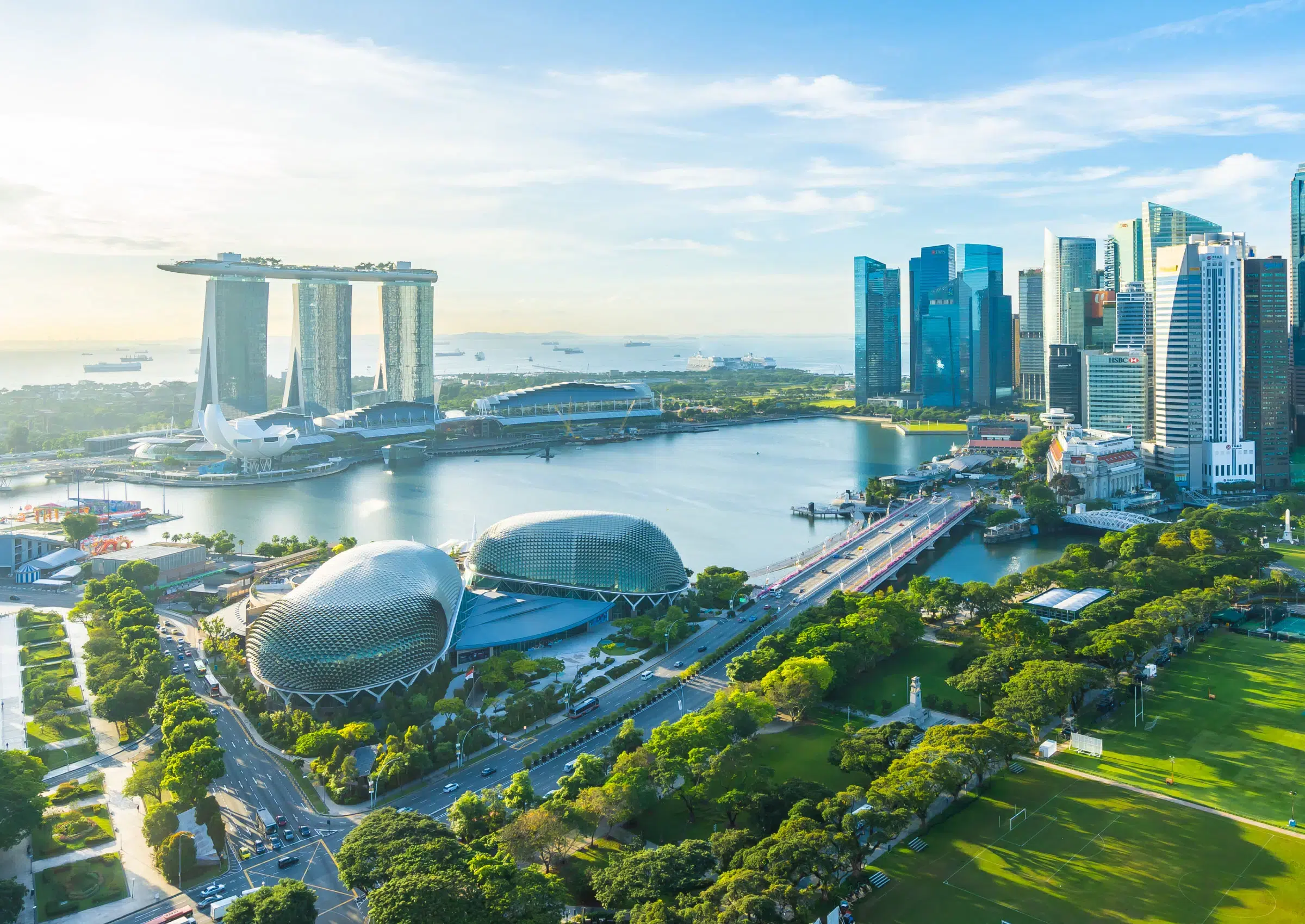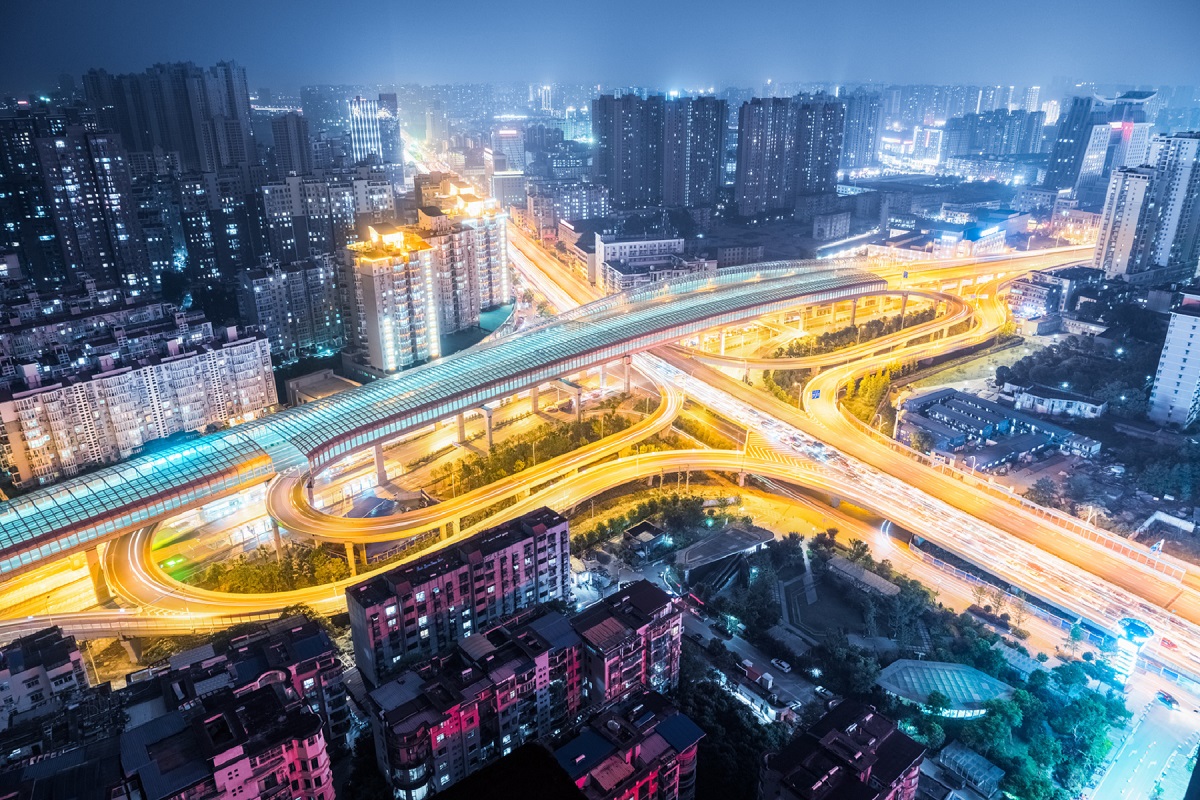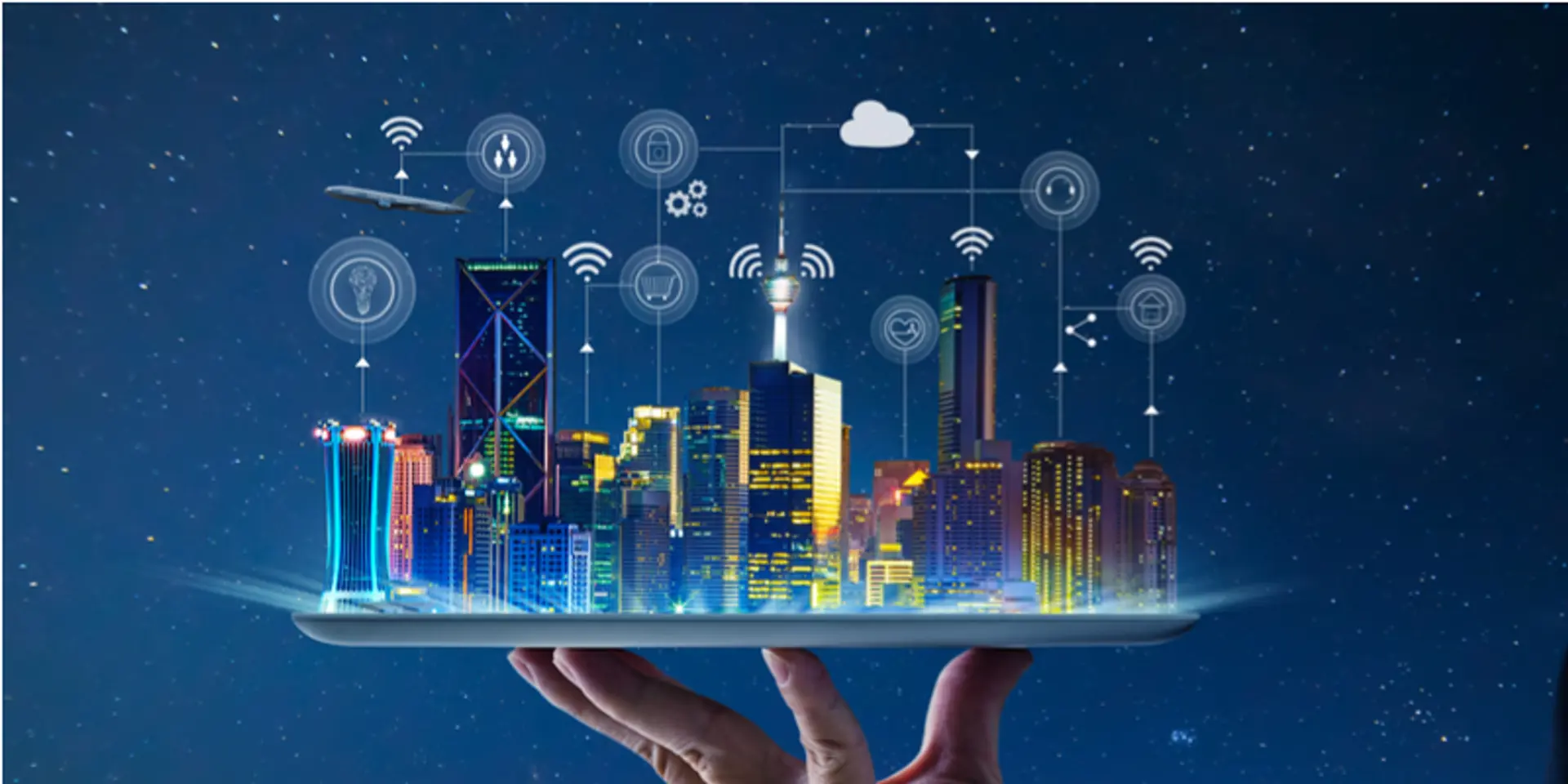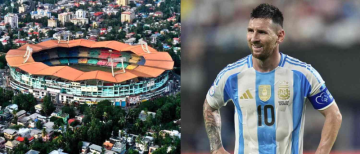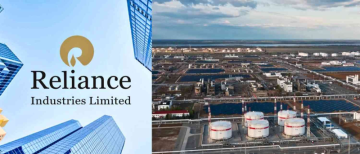Cities are the engines of modern civilization, driving economic growth, innovation, and cultural exchange. Yet, they are also at the forefront of the climate crisis, responsible for over 70% of global greenhouse gas emissions and highly vulnerable to the impacts of climate change, such as heatwaves, flooding, and air pollution. As urbanization accelerates—projected to reach 68% of the world’s population by 2050—the need to reimagine how we build, manage, and live in cities has never been more urgent. Urban planning and smart city technologies are emerging as powerful tools in the global fight against climate change, offering pathways to both mitigation and adaptation that can transform urban areas into sustainable, resilient, and livable spaces.

The Urban Climate Challenge
Urban areas occupy just 3% of the Earth's land but consume two-thirds of global energy and generate a vast majority of CO₂ emissions. This concentration of people, infrastructure, and economic activity amplifies both the risks and opportunities associated with climate action. Poorly planned cities can lock in high emissions for decades through car-dependent sprawl, inefficient buildings, and inadequate public transport. Conversely, well-planned, technology-enabled cities can drastically reduce emissions, improve air quality, and enhance resilience to climate shocks.
Urban Planning: Laying the Foundation for Climate Action
1. Compact, Walkable Neighborhoods
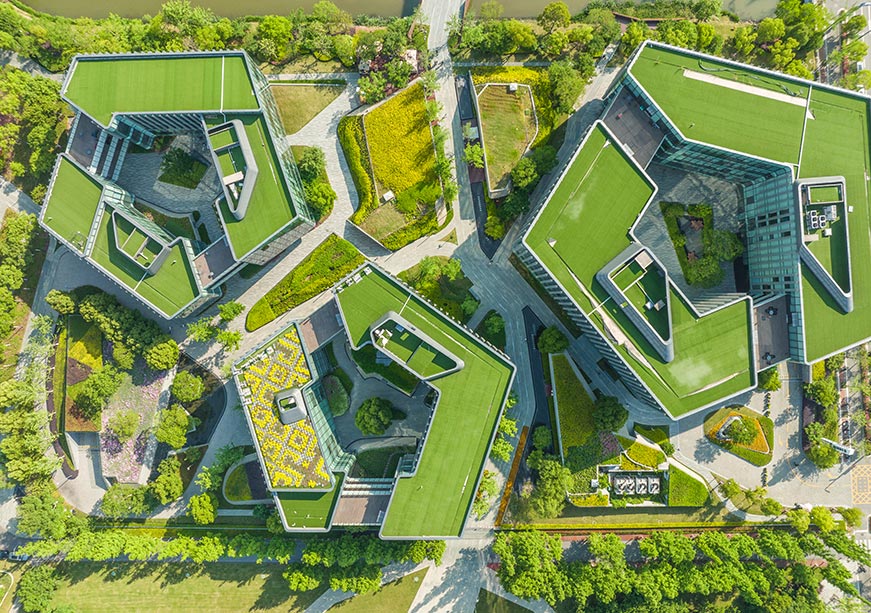
Urban planners are increasingly designing cities to prioritize walking, cycling, and public transport over private car use. Compact, mixed-use neighborhoods reduce travel distances and encourage active transportation, cutting transportation-related emissions and improving public health. Cities like Copenhagen and Amsterdam have demonstrated how investments in cycling infrastructure and pedestrian-friendly design can lead to dramatic reductions in car usage and emissions.
2. Green Spaces and Urban Nature

Integrating parks, green roofs, urban forests, and wetlands into cityscapes serves multiple climate functions. Green spaces act as carbon sinks, absorb rainwater to reduce flooding, and mitigate the urban heat island effect by cooling city temperatures. Smart urban forestry management, informed by real-time environmental data, can optimize the placement and maintenance of these green assets for maximum climate benefit.
3. Sustainable Building Standards

Urban planning policies that mandate energy-efficient building codes, promote passive design, and encourage the use of renewable energy can significantly lower a city’s carbon footprint. Green buildings not only reduce emissions but also enhance comfort and cut energy costs for residents and businesses.
4. Climate-Resilient Infrastructure
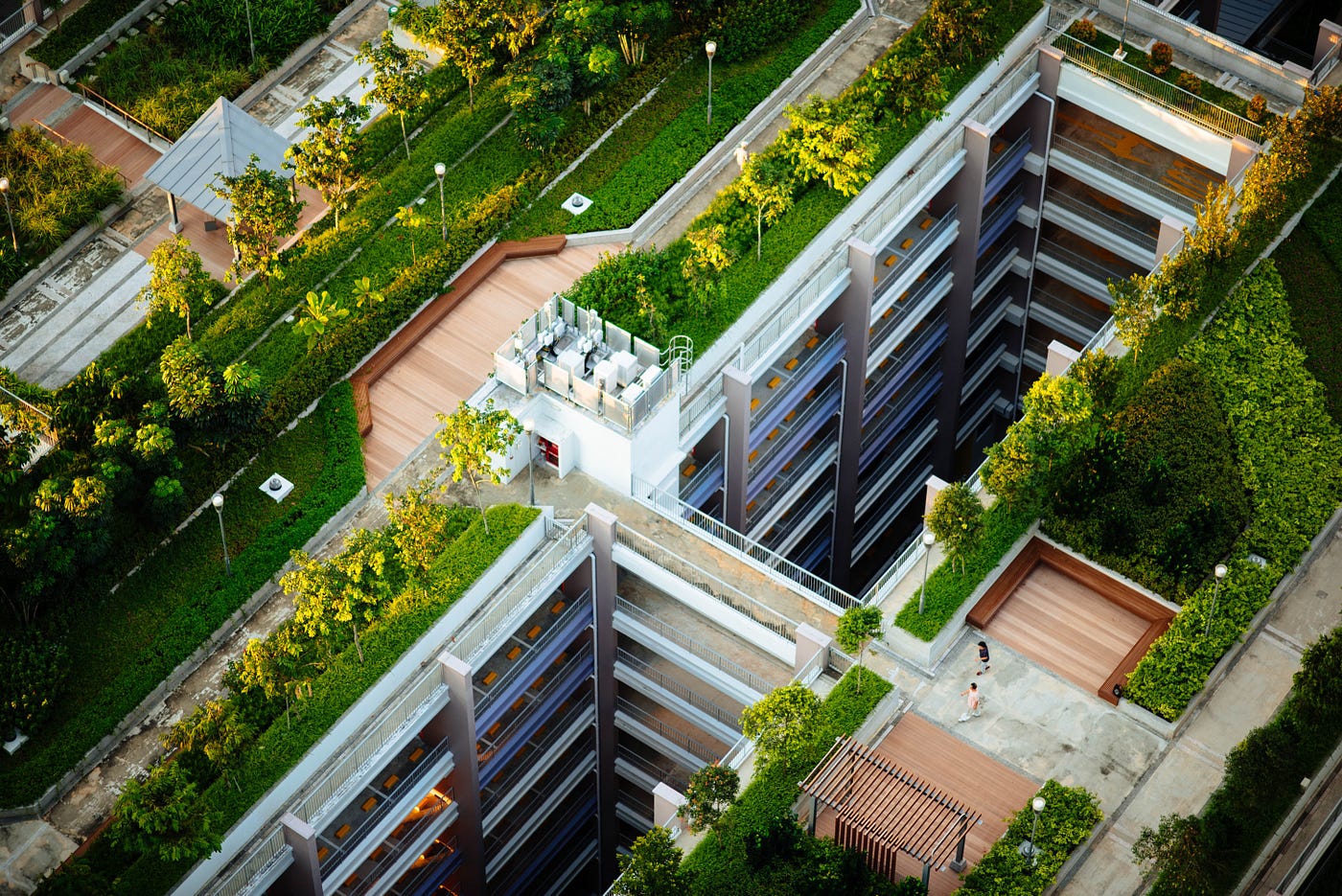
Cities must adapt to the realities of a changing climate by investing in resilient infrastructure. This includes flood defenses, permeable pavements, robust drainage systems, and buildings designed to withstand extreme weather events. Urban planners play a crucial role in identifying vulnerabilities and integrating adaptation measures into city master plans.
Smart Cities: Harnessing Technology for Sustainability
The concept of a “smart city” revolves around the integration of digital technologies—especially the Internet of Things (IoT), big data analytics, and artificial intelligence—into urban systems to optimize resource use, improve services, and enhance quality of life. When aligned with climate goals, smart city solutions can deliver significant emissions reductions and resilience gains.
1. Real-Time Environmental Monitoring

Smart sensors deployed across cities can continuously track air and water quality, temperature, humidity, and noise levels. This data enables city managers to identify pollution hotspots, respond swiftly to environmental hazards, and implement targeted interventions to reduce emissions and protect public health.
2. Intelligent Energy Management

Smart grids, advanced metering, and IoT-enabled building management systems allow cities to optimize energy production, distribution, and consumption. These technologies facilitate the integration of renewable energy, enable demand response during peak periods, and automate energy-saving measures such as dynamic temperature control in buildings. The result is a more efficient, low-carbon urban energy ecosystem.
3. Sustainable Mobility Solutions

Smart cities are revolutionizing urban mobility through real-time public transport management, dynamic road pricing, and intelligent traffic control. For example, software used by public transit operators can adjust routes and schedules based on demand, reducing congestion and emissions. Electric vehicle infrastructure, bike-sharing systems, and pedestrian navigation apps further encourage low-carbon travel choices.
4. Smart Waste Management

IoT-enabled waste bins equipped with sensors can monitor fill levels and optimize collection routes, reducing unnecessary trips and associated emissions. These systems also help minimize overflowing bins and illegal dumping, indirectly cutting methane emissions from unmanaged waste.
5. Data-Driven Urban Planning

By analyzing vast streams of data from people, devices, and infrastructure, urban planners can make more informed decisions about land use, transportation, and resource allocation. Modeling tools can predict the greenhouse gas impacts of different urban designs, guiding cities toward more sustainable development pathways.
Synergies: Urban Planning Meets Smart Cities
The real power in the fight against climate change lies in the synergy between forward-thinking urban planning and smart city technologies. When planners and technologists collaborate, cities can:
-
Enhance Resilience: Real-time data helps cities anticipate and respond to climate risks, such as heatwaves or flooding, protecting vulnerable populations and infrastructure.
-
Promote Equity and Inclusion: Smart city solutions can be designed to ensure all residents benefit from improved services, cleaner air, and safer streets, addressing social as well as environmental goals.
-
Foster Innovation: Urban environments become living laboratories for sustainable technologies, from renewable energy microgrids to autonomous electric transit.
Real-World Examples: Cities Leading the Way
-
Copenhagen, Denmark: On track to become the world’s first carbon-neutral capital by 2025, Copenhagen has invested heavily in cycling infrastructure, district heating, and smart energy systems.
-
Singapore: Known for its “Smart Nation” initiative, Singapore uses IoT sensors to monitor everything from traffic flow to water quality, optimizing resource use and enhancing urban resilience.
-
London, UK: The Ultra-Low Emission Zone (ULEZ) and smart congestion charging demonstrate how policy and technology can work together to reduce traffic emissions and improve air quality.
Challenges and Considerations
While the promise of urban planning and smart cities is immense, several challenges remain:
-
Data Privacy and Security: The proliferation of sensors and data collection raises concerns about privacy and the potential misuse of personal information.
-
Digital Divide: Not all residents have equal access to digital tools and services, risking the exclusion of vulnerable populations.
-
Financing and Governance: Building climate-smart cities requires significant investment and strong leadership to coordinate across sectors and stakeholders.
The Road Ahead: Building Climate-Smart Cities
To realize the full potential of urban planning and smart cities in the fight against climate change, cities must:
-
Integrate Climate Goals into Urban Policy: Climate action should be embedded in all aspects of city planning, from zoning and building codes to transportation and waste management.
-
Leverage Technology for Good: Smart city initiatives must prioritize sustainability, equity, and resilience, not just efficiency or economic growth.
-
Engage Citizens: Residents should be active participants in shaping their cities, providing input on priorities and benefiting from the outcomes.
-
Foster Collaboration: Partnerships between governments, businesses, academia, and civil society are essential to drive innovation and scale up successful solutions.
Final Thoughts
Urban planning and smart cities are not silver bullets, but together they offer a powerful, integrated approach to the climate crisis. By reimagining how we design, build, and manage our cities—with sustainability, technology, and people at the core—we can turn urban areas from climate culprits into climate champions. The choices we make today will shape the cities of tomorrow and determine whether we can create a livable, resilient, and sustainable future for all.
Cities are where the climate battle will be won or lost. Let’s make them smarter, greener, and more resilient—because the future of our planet depends on it.
With inputs from agencies
Image Source: Multiple agencies
© Copyright 2025. All Rights Reserved Powered by Vygr Media.

